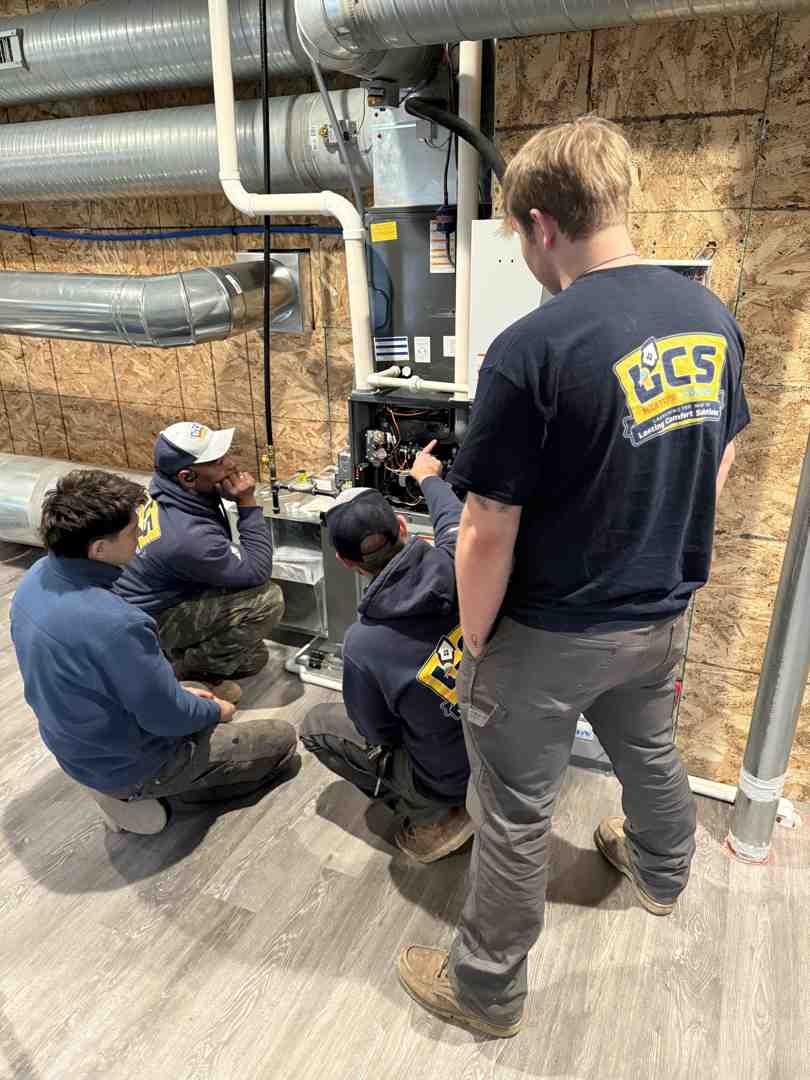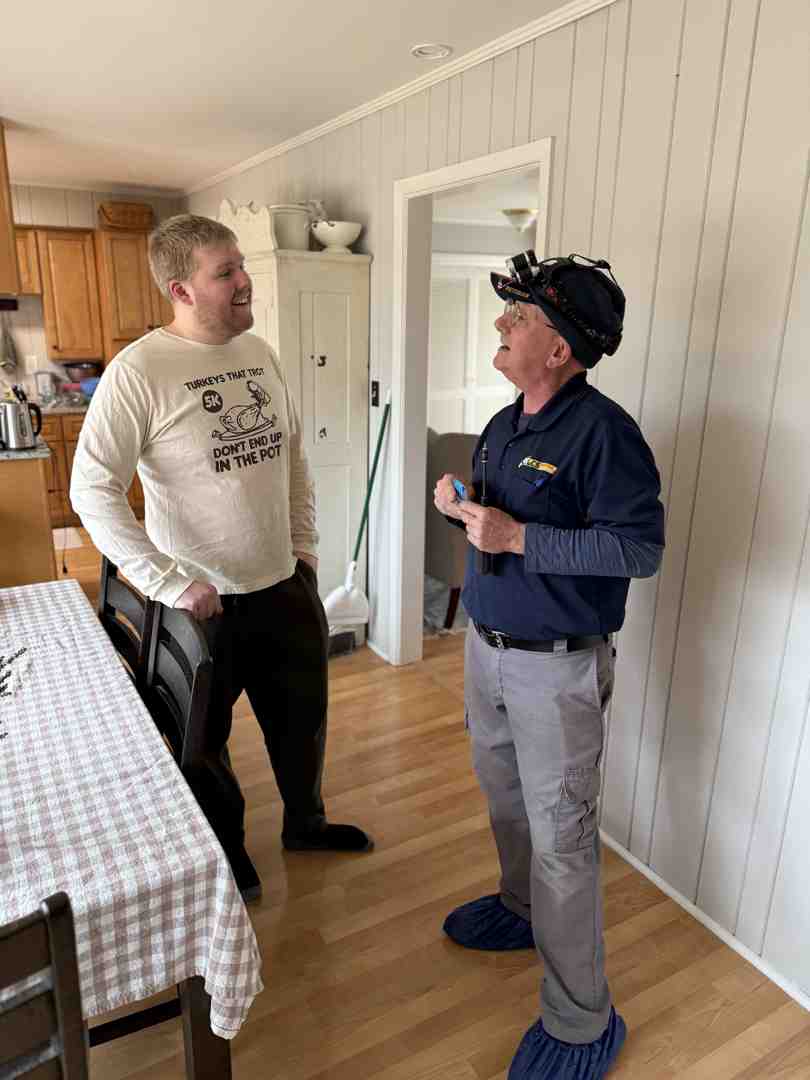How to Troubleshoot Common Air Conditioning Issues
Air conditioning systems are essential for maintaining a comfortable indoor environment, especially during the hot summer months. However, like any mechanical system, they can experience issues from time to time. Knowing how to troubleshoot common problems can save you time and potentially prevent more serious issues.
Understanding basic troubleshooting steps can help you identify the root cause of the problem and decide whether it's something you can fix on your own or if you need to call in the professionals. Simple checks can often resolve issues quickly, reducing downtime and keeping your home cool and comfortable.
From thermostat settings to airflow and ductwork issues, many common air conditioning problems can be addressed with a bit of basic knowledge and a few simple steps. Here are some straightforward troubleshooting tips that can help you keep your air conditioning system running smoothly.
Check Thermostat Settings
One of the first things to check when your air conditioning system isn't working properly is the thermostat settings. Sometimes, simple adjustments can solve the problem without requiring any further action.
- Correct Mode: Ensure the thermostat is set to the correct mode. It should be on "Cool" and not on "Heat" or "Fan." This might seem basic, but it's surprisingly common for settings to be accidentally changed.
- Temperature Setting: Make sure the temperature setting is lower than the current room temperature. If the thermostat is set too high, the air conditioning unit won't turn on.
- Battery Check: For thermostats that run on batteries, low battery power can cause them to malfunction. Replace the batteries and see if the issue is resolved.
- Programmable Thermostats: If you have a programmable thermostat, check the schedule settings to ensure it aligns with when you need cooling. Sometimes, the schedule may be set to different times or temperatures than intended.
- Calibration: Over time, thermostats can lose their calibration. This means the temperature reading might not be accurate. A simple recalibration can be done by our professionals if you suspect this is the case.
Inspect and Replace Air Filters
Air filters play a crucial role in the efficient operation of your air conditioning system. Dirty or clogged filters can lead to multiple issues, including reduced airflow and decreased system efficiency.
- Regular Inspection: It's essential to inspect air filters regularly. Look for dirt, dust, and debris buildup. A visual check every month can help you stay on top of this task.
- Replacement Frequency: Depending on the type of filter and the manufacturer's recommendations, you might need to replace your air filters every one to three months. High-efficiency filters may need more frequent changes.
- Impact on Performance: Dirty filters can restrict airflow, making the system work harder to cool your home. This can lead to higher energy consumption and increased wear and tear on the unit. Changing the filters can improve airflow and system efficiency.
- Health Concerns: Clean filters can also improve indoor air quality by trapping dust, pollen, and other allergens. This is particularly important for households with people who have allergies or respiratory issues.
- Filter Types: Ensure you use the correct type of filter for your system. Filters come in different sizes and ratings, so always follow the manufacturer's specifications to avoid issues.
By regularly checking your thermostat settings and inspecting air filters, you can address common air conditioning issues promptly. These simple steps can save you from more extensive air conditioning repair needs and keep your system running efficiently.
Examine Circuit Breakers and Fuses
Electrical issues are another common problem that can affect your air conditioning system. When your AC unit fails to turn on, the issue might be related to your circuit breakers or fuses.
- Tripped Breakers: Locate your electrical panel and check if any breakers have tripped. Air conditioning units often have dedicated circuits, so identify the corresponding breaker and reset it. Simply flip it off and then back on.
- Blown Fuses: Some AC systems use fuses instead of breakers. If a fuse is blown, it will need to be replaced. Make sure you use a fuse with the same rating to avoid electrical issues.
- Loose Connections: Electrical connections can become loose over time. Inspect the wires and connections at the breaker panel and AC unit. Ensure all connections are tight and secure.
- Safety First: Always exercise caution when dealing with electricity. If you are unsure or uncomfortable with checking electrical components, it’s best to call our professionals for an inspection
Assess Airflow and Ductwork Issues
Airflow problems and ductwork issues can significantly impact the performance of your air conditioning system. Poor airflow can cause uneven cooling and increase wear on the system.
- Blocked Vents: Ensure all supply and return vents are open and unobstructed. Furniture, drapes, or other objects can block airflow, causing the system to struggle.
- Dirty Ducts: Dust and debris can accumulate in the ductwork, reducing airflow. Regular duct cleaning can improve air circulation and system efficiency.
- Leaky Ducts: Duct leaks can lead to significant energy losses and reduced cooling efficiency. Inspect accessible ductwork for signs of leaks or damage. Sealing leaks with duct mastic or metal tape can improve performance.
- Proper Sizing: Ensure that your duct system is appropriately sized for your air conditioning unit. Undersized ducts can restrict airflow, while oversized ducts can reduce system efficiency. Consult our professionals if you suspect sizing issues.
Conclusion
Addressing common air conditioning issues doesn't have to be complicated. Simple troubleshooting steps, such as checking thermostat settings, inspecting and replacing air filters, examining circuit breakers and fuses, and assessing airflow and ductwork, can often resolve problems quickly. By staying proactive, you can ensure that your air conditioning system operates smoothly and efficiently throughout the season.
For reliable air conditioning repair in Indianapolis, trust the experts at LCS Heating & Cooling. Our team is ready to help you keep your home comfortable and cool. Contact us today to schedule an appointment with our skilled technicians!


